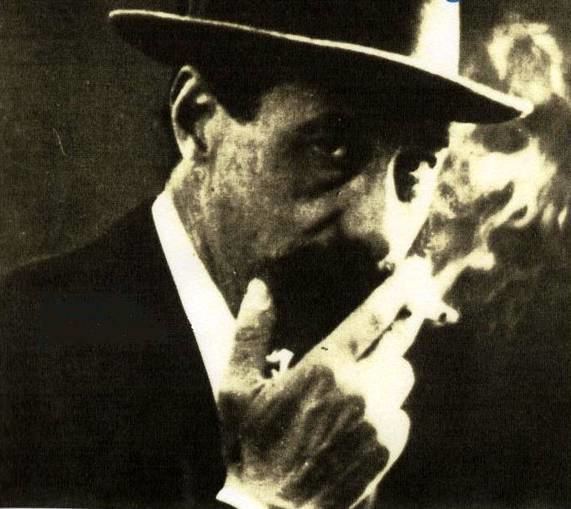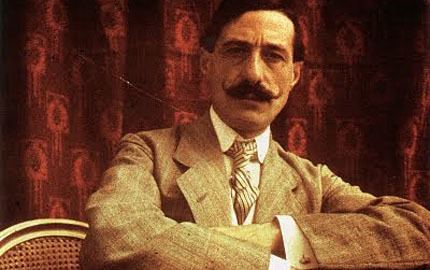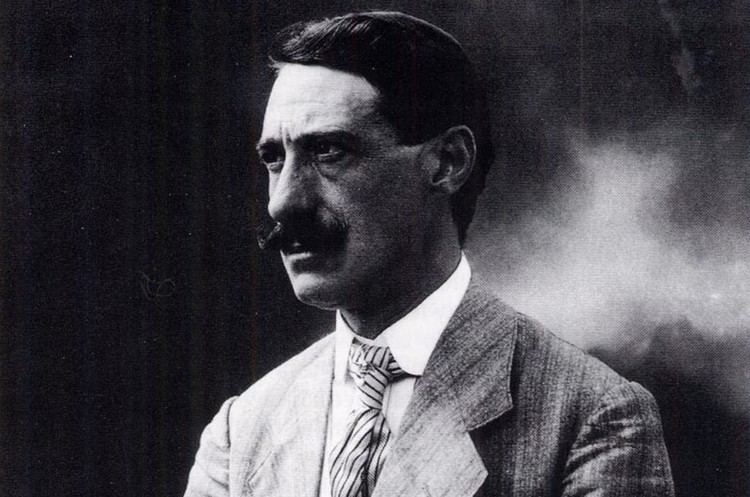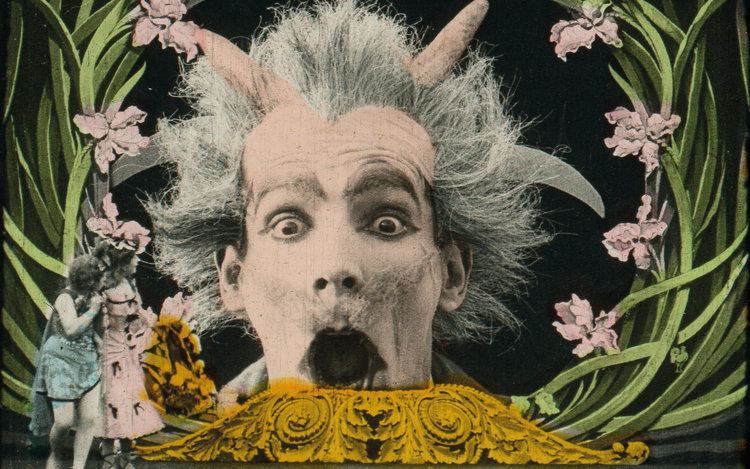Years active 1902–1927 Name Segundo Chomon | Role Film director | |
 | ||
Full Name Segundo Victor Aurelio Chomon y Ruiz Movies The Electric Hotel, The Red Spectre, Excursion to the Moon, Cabiria, Satan at Play Similar People Ferdinand Zecca, Giovanni Pastrone, Georges Melies, Julienne Mathieu, Albert Capellani | ||
Segundo de chomon metamorphoses 1912
Segundo Víctor Aurelio Chomón y Ruiz (also Chomont or Chaumont, [ʃomɔ̃]; 17 October 1871 – 2 May 1929) was a pioneering Spanish film director, cinematographer and screenwriter. He produced many short films in France while working for Pathé Frères and has been compared to Georges Méliès, due to his frequent camera tricks and optical illusions. He is regarded as the most significant Spanish silent film director in an international context.
Contents
- Segundo de chomon metamorphoses 1912
- The electric hotel 1908 silent film segundo de chomon
- Biography
- Legacy
- Selected filmography
- References

The electric hotel 1908 silent film segundo de chomon
Biography

Born in Aragon (Spain), Segundo de Chomón reportedly got into film through the efforts of his actress wife, Julienne Mathieu, who appeared in early Pathé Frères productions. Around 1900 he became an agent for Pathé Frères in Spain, publicizing and distributing their films out of Barcelona. In 1901, De Chomón began producing actuality films in Spain on an independent basis and distributing them through Pathé; his first trick film was Gulliver en el país de los gigantes (1903). De Chomón also specialized in producing stencil colored film prints and was one of the developers of the Pathéchrome process, patented by Pathé in 1905. Charles Pathé also noted the quality of De Chomón's trick films and, from 1903, began to support these efforts with the desire of competing with Georges Méliès. De Chomón was expert enough at making trick films and had proven himself so valuable to Pathé that in 1905 he and Mathieu moved from Barcelona to Paris, and De Chomón was placed in charge of a color stencilling shop in addition to his periodic duties as a director. Through 1907, De Chomón worked in close collaboration with Pathé's top director, Ferdinand Zecca; the partnership worked so well that in 1907 Zecca selected De Chomón to co-direct a major project, the remake of Zecca's own 1903 Vie et Passion de Notre Seigneur Jésus Christ. Shortly afterward, Zecca moved into an executive position at Pathé and did little direction from that time; De Chomón's most productive years as a filmmaker lasted from 1907 to 1912, a period during which Méliès' production went into a steep decline. De Chomón often worked with other directors; in addition to Zecca he collaborated with Gaston Velle, Juan Fuster, Alberto Capellani and Émile Cohl. Although he remained with Pathé, in 1910 De Chomón returned to Barcelona and started an independent production company, Iberico Films, which proved short-lived.

In 1912, De Chómon accepted an invitation to make films in Italy. In addition to his own films, he worked on special effects on the films of others, notably Giovanni Pastrone's epic Cabiria (1914). Pastrone returned the favor in 1917 through collaborating on de Chomón's last directorial effort, La guerra e il sogno di Momi; de Chomón's own films had become less frequent after his move to Italy, and he had primarily worked in visual effects and cinematography in these years. After 1917, De Chomón principally worked on creating visual effects for the films of others, including Guido Brignone's Maciste in Hell (1925) and Abel Gance's Napoléon (1927). Towards the end of his life, de Chomón collaborated with Swiss inventor Ernest Zollinger to develop a photographic, two-color color film process. De Chomón was planning to get back into full-time film production on his own when he died, suddenly, of a heart attack at age 57.
Legacy

The very year that de Chomón died, the Surrealists organized a soirée that would rehabilitate the artistic reputation of Georges Méliès and to begin the long process of recovering his films. De Chomón was effectively forgotten in the wake of his death, though over time silent film collectors began to recognize some of his shorts and he was dubbed "The Spanish Méliès" in English-speaking lands. Two of his films, Le Spectre Rouge (1907) and El hotel Eléctrico (1908), persistently circulated in the collector's market and were also circulated by the Museum of Modern Art film library; the first as an example of stencilled color and the second as a Pathé Frères film by an unknown director. Italian film Cabiria (where he was director of photography & special FX) featured what may have been the first "dolly shot" in the movies, utilizing a device built by de Chomón. Finally, recognition came to de Chomón in his home country, as the Filmoteca de Catalunya established a special division with the purpose of collecting and cataloguing what was left of his output; a DVD collection in PAL format with 31 films, Segundo de Chomón: Le Cine de la Fantasia, was released by the Filmoteca in 2010. Many of de Chomon's Parisian Pathé Frères films have been recovered, but his Spanish and Italian productions have proven more elusive.
Comparisons of de Chomón's work with that of Georges Méliès is inevitable, with those in De Chomón's court insisting that he was a better filmmaker, whereas those on Méliès' side insist that De Chomón was a mere imitator. While it is hard to top Méliès' achievements in discovering basic editing and in his eye-popping production designs, de Chomon was a slightly more modern filmmaker than Méliès. De Chomón relied extensively on animation, a field in which he was a pioneer and a technique Georges Méliès seldom, if ever, used. Moreover, de Chomón offered slight improvements on some techniques that Méliès already had tried, such as in Les Kiriki, acrobates japonais (1907). De Chomón's work was also more expansive in terms of genre than that of Méliès; he started in actuality films and continued working in this field after the transition to documentary and was also employed on standard dramatic features as well. Méliès began making actualities also, in 1896, but after discovering and developing the trick film and fantasy genres, he stayed put. Nevertheless, it is for his trick films that de Chomón will be best remembered; Spain honored him with a postage stamp in 1994.
Film historian Tom Gunning has suggested that Luis Buñuel and/or Salvador Dalí were familiar with de Chomón's Superstition andalouse (1912) years before making their experimental film Un Chien Andalou in 1929.
